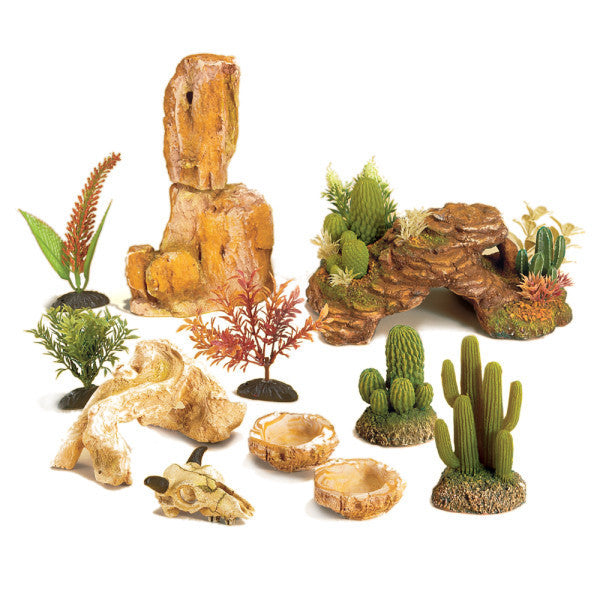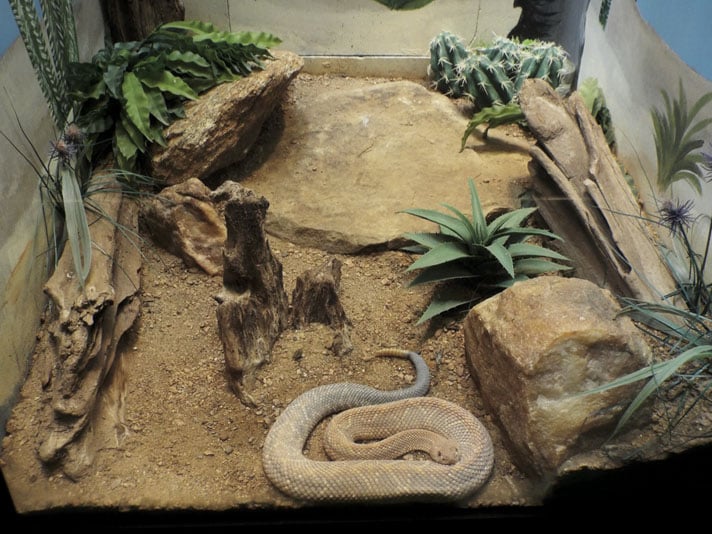Creating a vibrant and suitable habitat for your desert reptiles can seem overwhelming at first, but with the right guidance, it can be one of the most rewarding experiences. Drawing from years of personal experience as a herpetologist, I aim to share everything you need to know about desert reptile decor, ensuring your cold-blooded friends thrive in their new home.
Why is Proper Desert Decor Important?
Desert reptiles, such as bearded dragons and leopard geckos, have specific environmental needs that mimic their natural habitats. Proper decor not only enhances the aesthetic of your terrarium but also provides enrichment, safety, and comfort for your reptiles. Let’s explore the fundamentals of desert terrarium decor.
Understanding Your Reptile’s Needs
Choosing the Right Species
Before diving into decor, it’s crucial to choose the right reptile species that can thrive in a desert-like environment. Each species has unique requirements regarding space, temperature, humidity, and socialization.
Popular Desert Reptile Species
- Bearded Dragon
- Leopard Gecko
- Desert Horned Lizard
- Collared Lizard
- Sand Boa
Key Environmental Factors
The habitat you create must align with these factors:
- Temperature: A basking area of 95°F to 110°F is ideal.
- Humidity: Keep humidity levels between 20% and 40%.
- Lighting: UVB lighting is crucial for vitamin D synthesis.
Essential Decor Elements for Desert Reptiles
Substrates
The substrate is the foundation of your terrarium. It impacts your reptile’s health, aesthetics, and ease of cleaning. Here’s a quick look at some popular options:

| Substrate Type | Pros | Cons |
|---|---|---|
| Sand | Natural look, allows burrowing | Risk of impaction if ingested |
| Reptile Carpet | Reusable, easy to clean | Can trap bacteria if not cleaned regularly |
| Paper Towels | Cost-effective, easy to replace | Less appealing visually |
Plants and Accessories
Live plants can contribute to humidity levels, but artificial plants are easier to maintain. Here are some great options:
Best Live Plants
- Succulents (e.g., Aloe Vera)
- Snake Plant
- Cactus

Recommended Artificial Plants
- Silk Plants
- Plastic Ferns
- Desert-themed decor (cacti replicas)
Hides and Climbing Structures
Providing hiding spots and climbing areas is essential for your reptile’s mental health. Here are common options:
- Rock Hides: Natural look, offers security.
- Branches: Encourage climbing and exploration.
- Hollow Logs: Great for burrowing species.

Setting Up Your Desert Reptile Habitat
Step-by-Step Setup Guide
- Select a suitable terrarium size based on your reptile’s needs.
- Choose and install the right substrate.
- Add essential decor elements (hides, plants, and climbing structures).
- Set up lighting and heating elements appropriately.
- Introduce your reptile to their new habitat and monitor their behavior.
Maintaining Your Desert Reptile Decor
Cleaning Tips
Regular cleaning is crucial for maintaining a healthy environment. Here are some tips:
- Remove waste daily.
- Deep clean the terrarium every 2-4 weeks.
- Replace substrate as needed.

Common Issues and Solutions
Even with the best setup, challenges may arise:
Pests
Insects or mites can invade your habitat. Regularly inspect decor and remove any infested items.

Health Monitoring
Keep an eye on your reptile’s behavior and health. Changes can indicate stress or inappropriate habitat conditions.
Personal Experience: My Journey with Desert Reptiles
When I first started with desert reptiles, I made many mistakes. I initially used too much sand and didn’t provide adequate hiding spots. My bearded dragon seemed stressed, and after some research, I revamped their habitat completely. By incorporating more plants and varied levels of terrain, I witnessed a significant change in their activity and overall happiness. This journey taught me the importance of creating a balanced environment that truly mimics their natural habitat.

Conclusion
Creating an inviting and functional habitat for your desert reptiles requires thoughtful planning and attention to detail. Remember to tailor your setup to the specific needs of your species and keep learning as you go. Your reptiles will thrive in a well-decorated environment that mimics their natural landscape, leading to happier and healthier pets.
FAQs About Desert Reptile Decor
1. What is the best substrate for desert reptiles?
The best substrate often depends on the species. Sand is popular but can be risky for some, while reptile carpet offers a safe alternative.

2. Can I use real plants in my desert terrarium?
Yes, many hardy plants can survive in low-humidity environments. Just ensure they are safe for your reptiles.
3. How often should I clean my reptile’s habitat?
Daily maintenance involves removing waste, but a thorough cleaning should occur every 2-4 weeks.
4. What types of hides are best for desert reptiles?
Rock hides and hollow logs are often favored as they provide security and match the natural desert environment.
5. How can I monitor my reptile’s health?
Regular observation of eating habits, activity levels, and any behavioral changes can help assess their health.